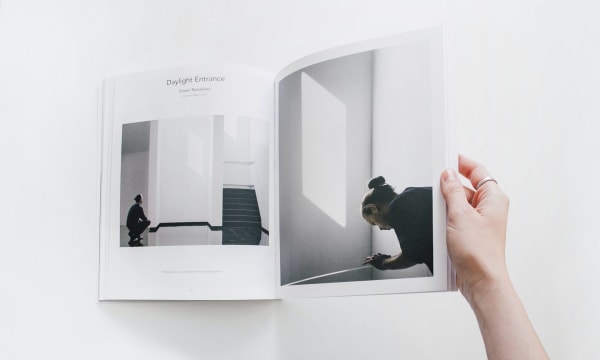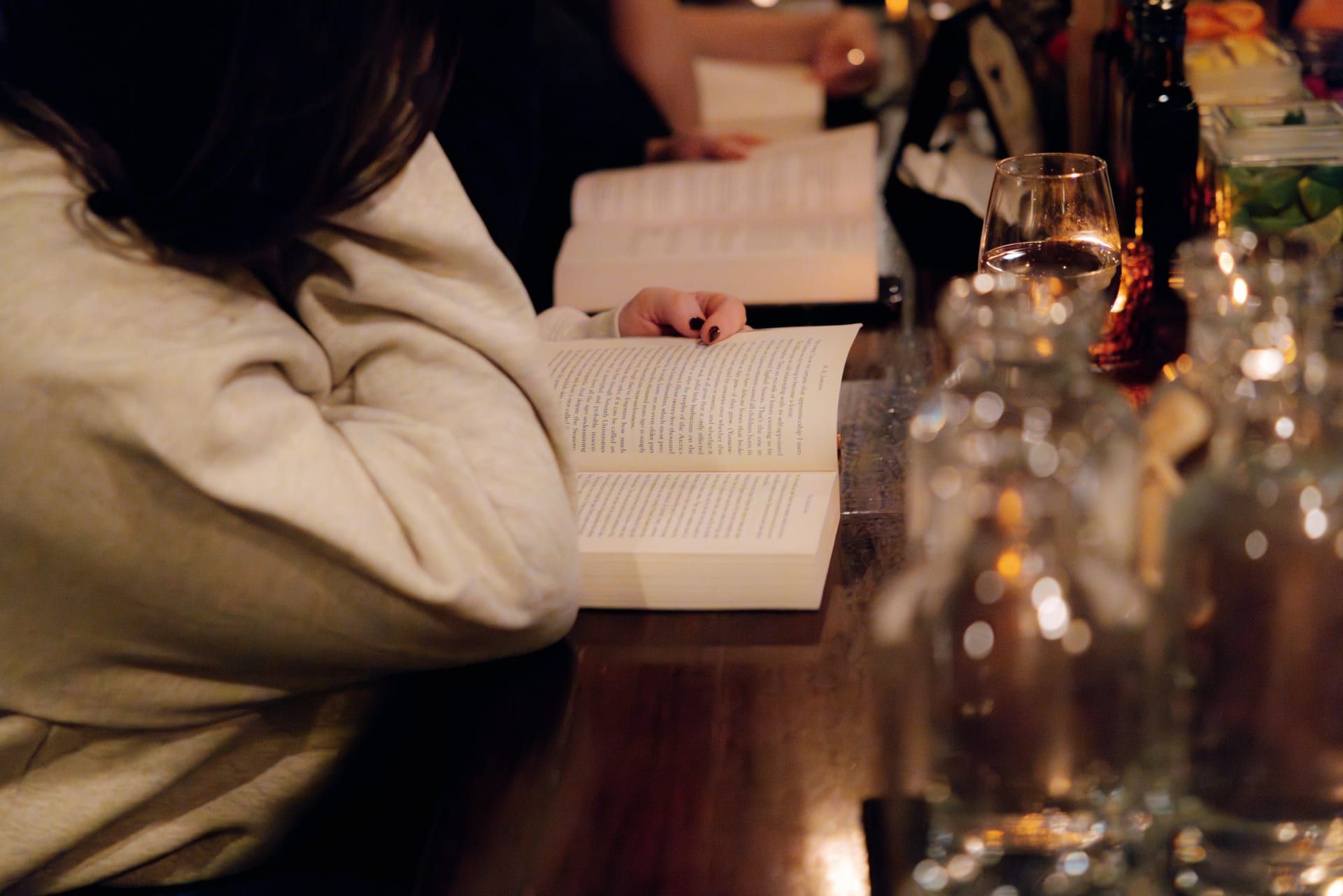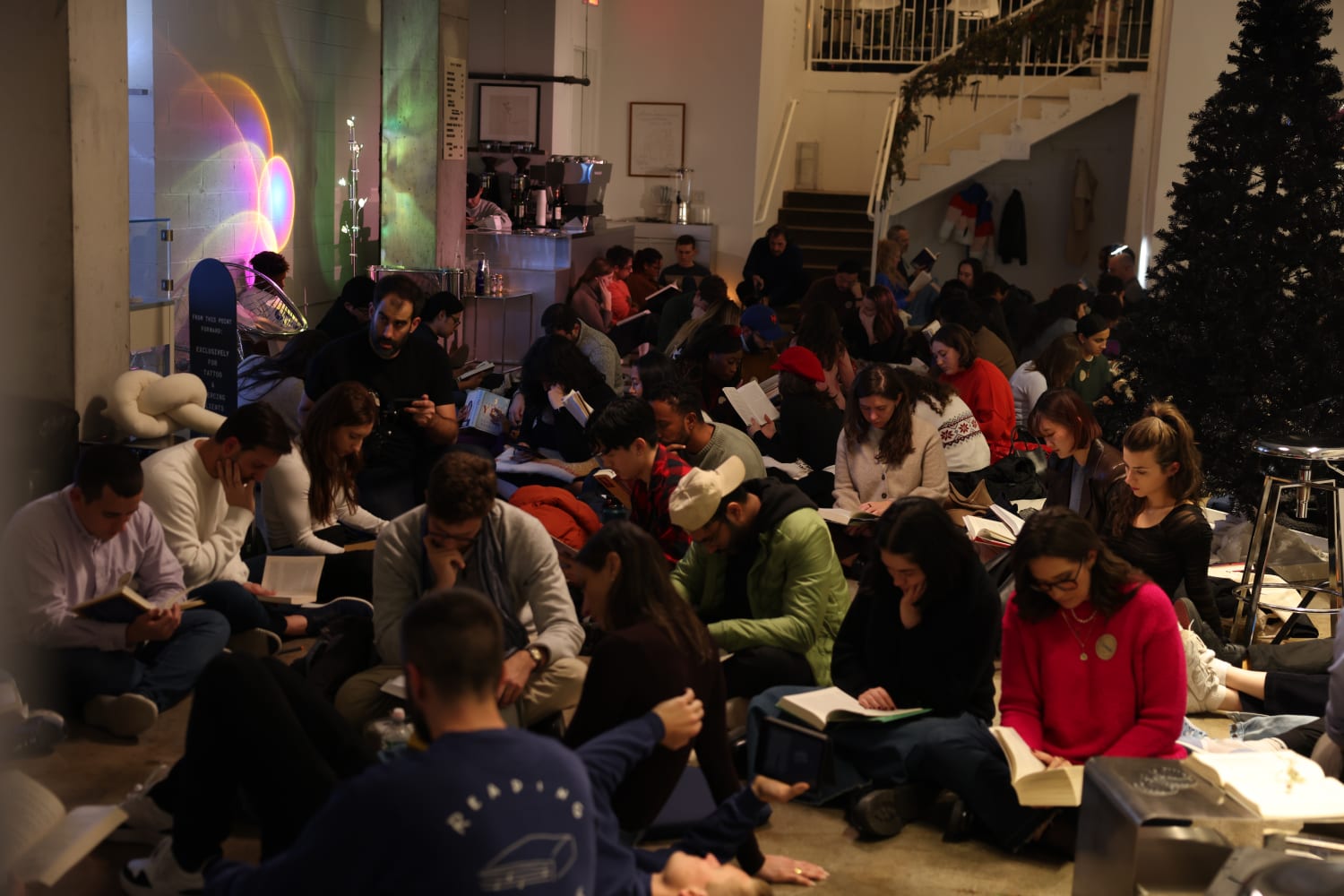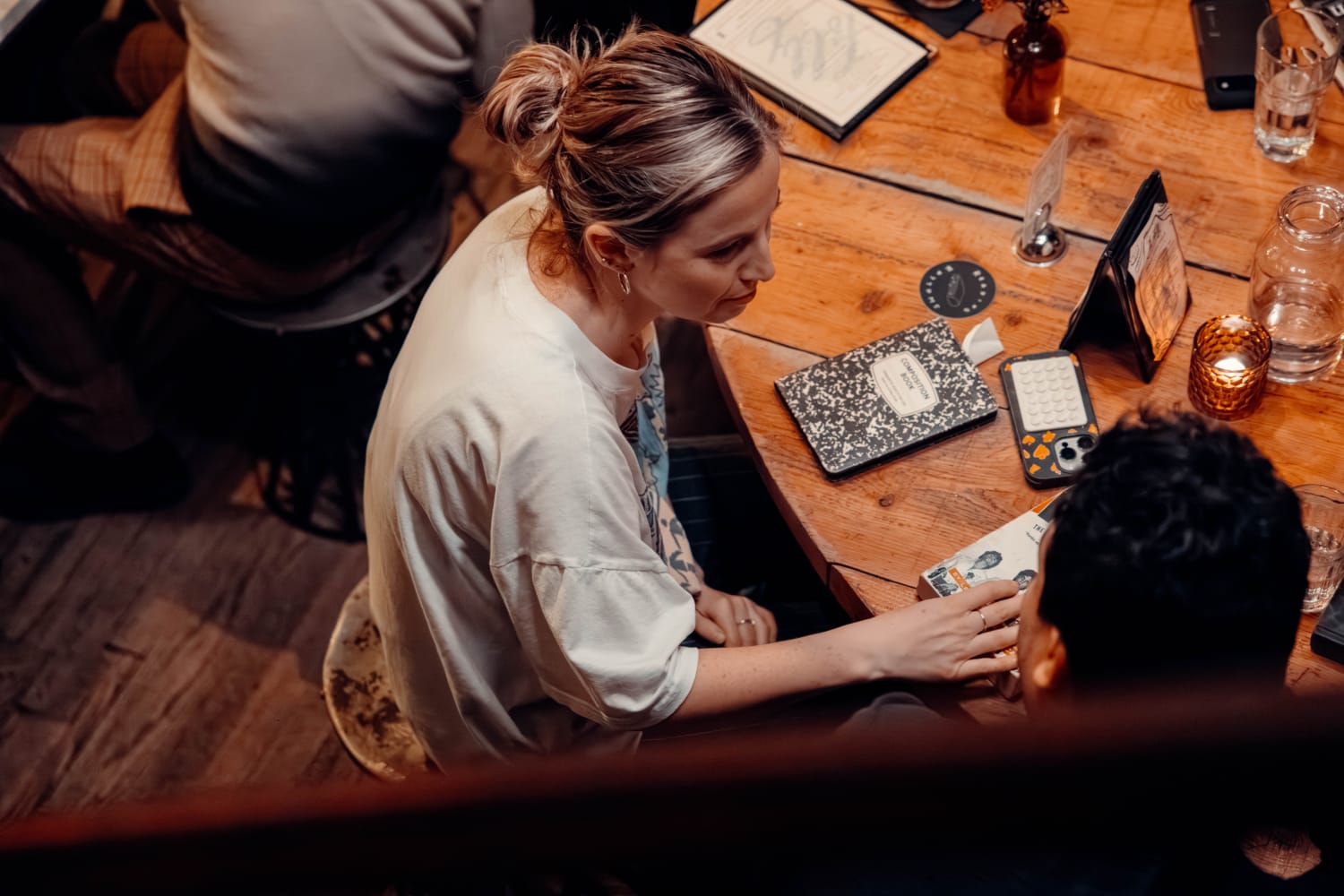Could people be turning away from the virtual, in favor of IRL experiences? The surging popularity of analog hobbies, particularly among younger generations, seems to suggest just that.
Some of the decidedly traditional hobbies that people are turning to? Pottery for one, is seeing a bump in popularity, as ITV in the UK reported in April. Social Pottery, a UK network of pottery studios with three different London locations and two in Milton Keynes, offers both social-focused, pottery parties and courses in the craft. Among its classes is Taylor-Tunes Trinket Painting, celebrating the London leg of Swift’s Eras tour, in which Swifties can make their own friendship bracelets and paint trinket dishes.
In a backlash to the ever-more frantic pace of the digital world and social media, analog pursuits are booming.
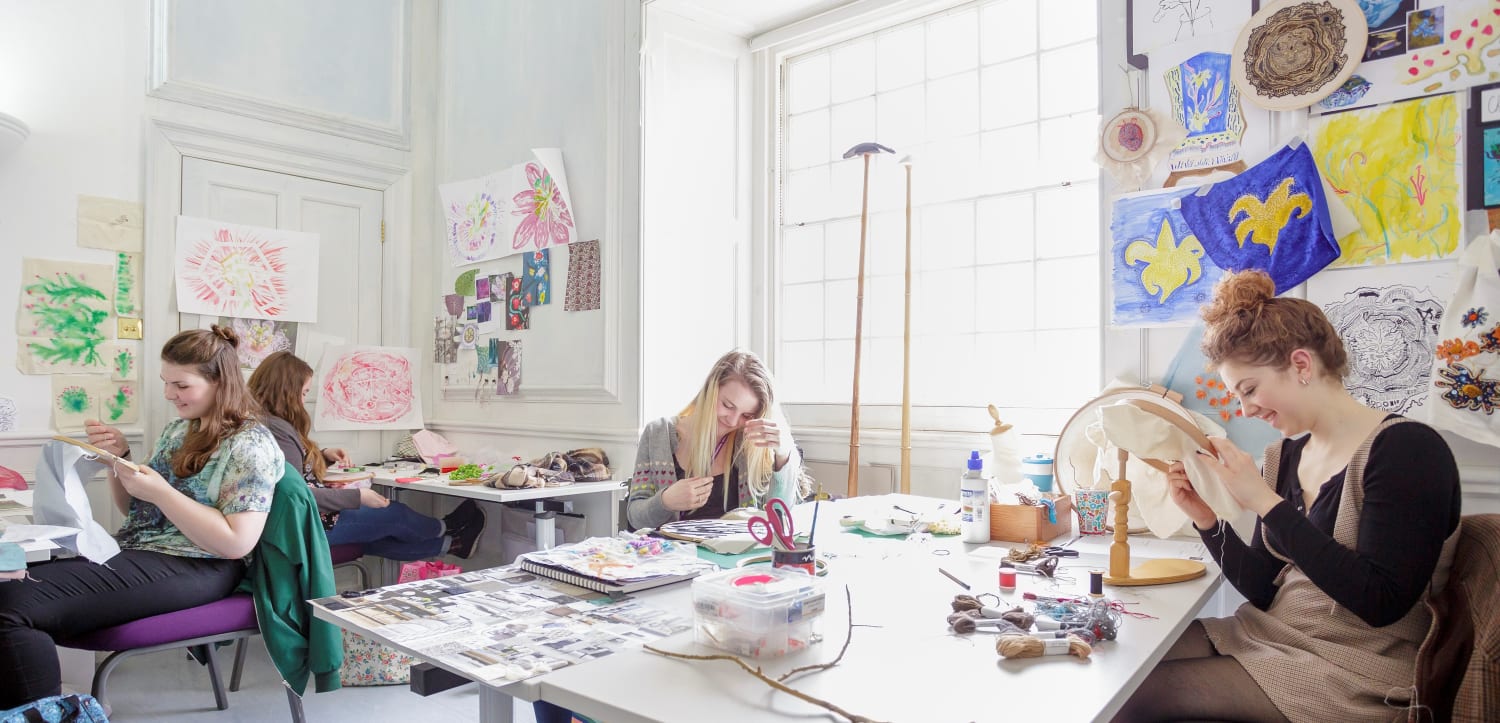
And a similarly hands-on activity endorsed by Swift herself is needlepoint. Indeed, the BBC reports that Swift, Julia Roberts, and Amy Adams are all aficionados of this art. Dr. Susan Kay-Williams, chief executive of the UK’s Royal School of Needlework told the BBC that she believes embroidery’s popularity emerged out of the Covid lockdowns. “There was a resurgence of embroidery as a whole, and needlepoint is a good place to start because the holes on the canvas help guide you. Also, there's something very meditative about the repetition of needlepoint stitching," Kay-Williams said.
As noted in Luddite mode in the Future 100 2024, Gen Z is seeking out moments of digital withdrawal, craving moments of respite from social media and connectivity. Hence, book clubs are getting a reinvention. In New York, The New York Times chronicles, the concept of a book club has evolved into Reading Rhythms, which describes itself as “a reading experience like no other: an hour of reading per night, set to a backdrop of ambient live music and beautifully curated venues.”
All images: Reading Rhythms, New York City
Stefan Walters, a psychological therapist at London’s Harley Therapy, tells VML Intelligence that among the reasons that people are turning to these analog pursuits is that “many of us are reaching burnout with our constant exposure to screens. We're fed up of Zoom meetings, emails, and WhatsApp messages, and are craving a return to in-person connection and nature,” says Walters. He notes that this yen for in-person interaction has a physiological basis. “This is good for our brain and nervous system, as it engages a more mindful flow state where the focus is simply on ‘being,’ rather than a constant state of sympathetic arousal and ‘doing’. Our subcortical processing brain is able to be present and calm, while our neocortical thinking and acting brain can take a much-needed break,” he says.
Stefan Walters
Psychological therapist, Harley Therapy, London
Alongside the opportunity that such activities present for “more meaningful connection,” Walters also notes that analog activities create a “sense of comfort and nostalgia.” “As infants we all started by playing with objects, not by looking at screens. There is something very primal and engaging about returning to these sorts of activities, and we are able engage our bodies in a way that we cannot by simply tapping at a screen. We are increasingly noticing all of the benefits to the mind and body of being offline and more analog and active, so it is no surprise that this is an increasing trend,” he says.
Indeed, while it’s often said that what defines Gen Alpha is that they’ve grown up being online virtually from infancy, they too are embracing these analog pursuits. As the Wall Street Journal reported in April, they’re drawn toward activities as seemingly mundane as collecting and trading humble pencils, particularly those sharpened down to tiny stubs.
With this rise in nostalgic, decidedly low-tech hobbies, it appears that the benefits that they bring are something that human beings innately recognize. As the possibilities of the virtual world become ever-more limitless, there’s clearly a well-being benefit that comes with being grounded in these satisfying physical pursuits.
Main image: Reading Rhythms, New York City
Please provide your contact information to continue.
Related Content
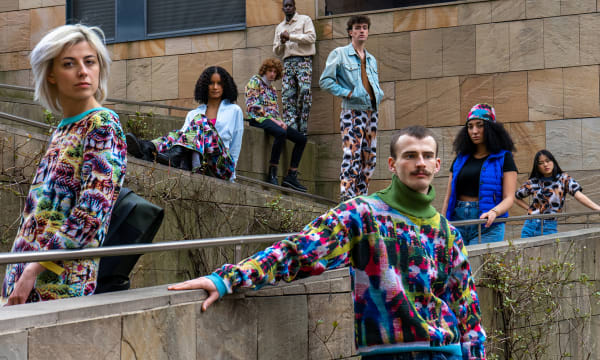
The New Luddites
